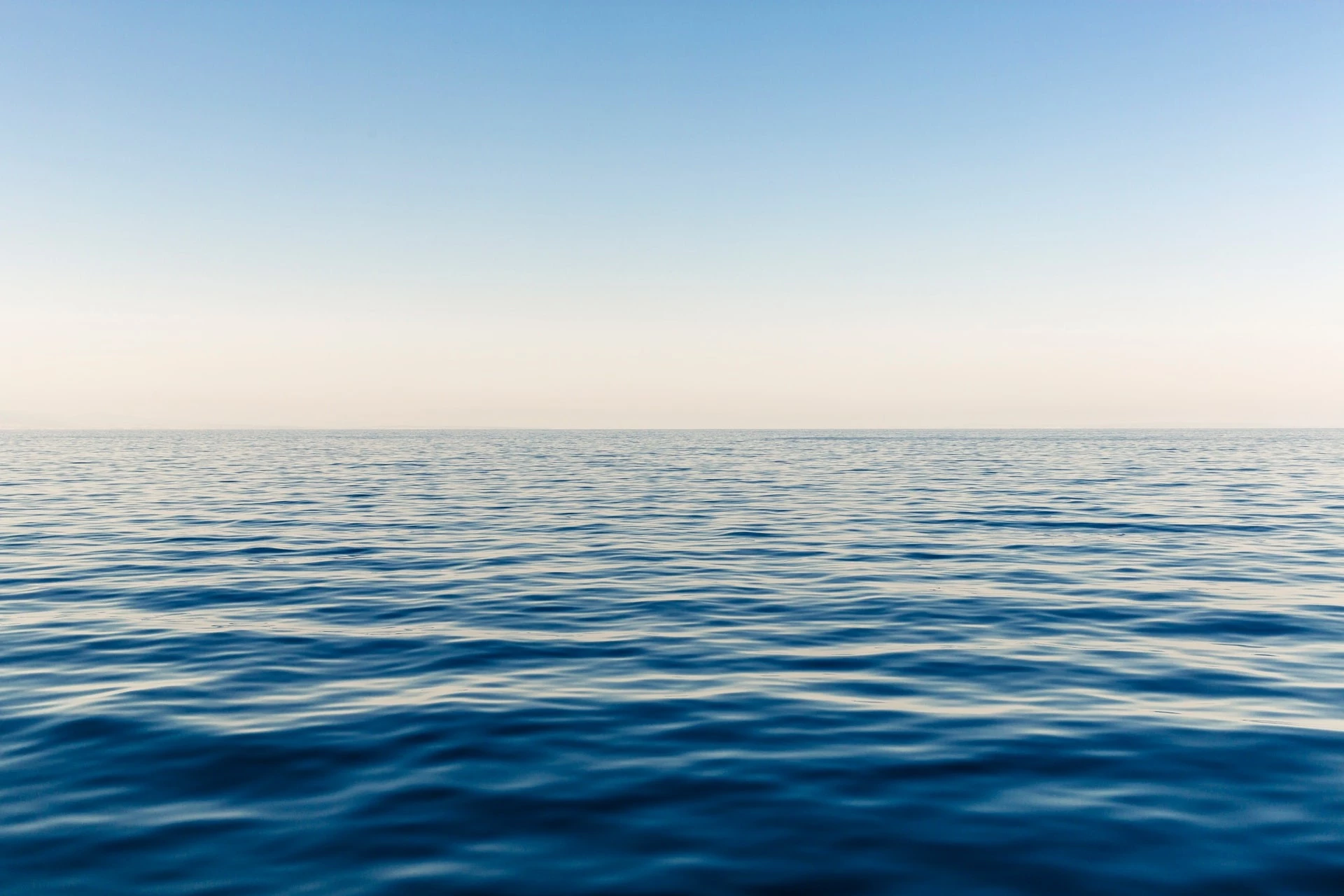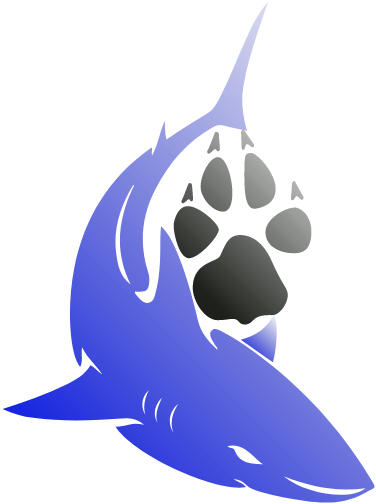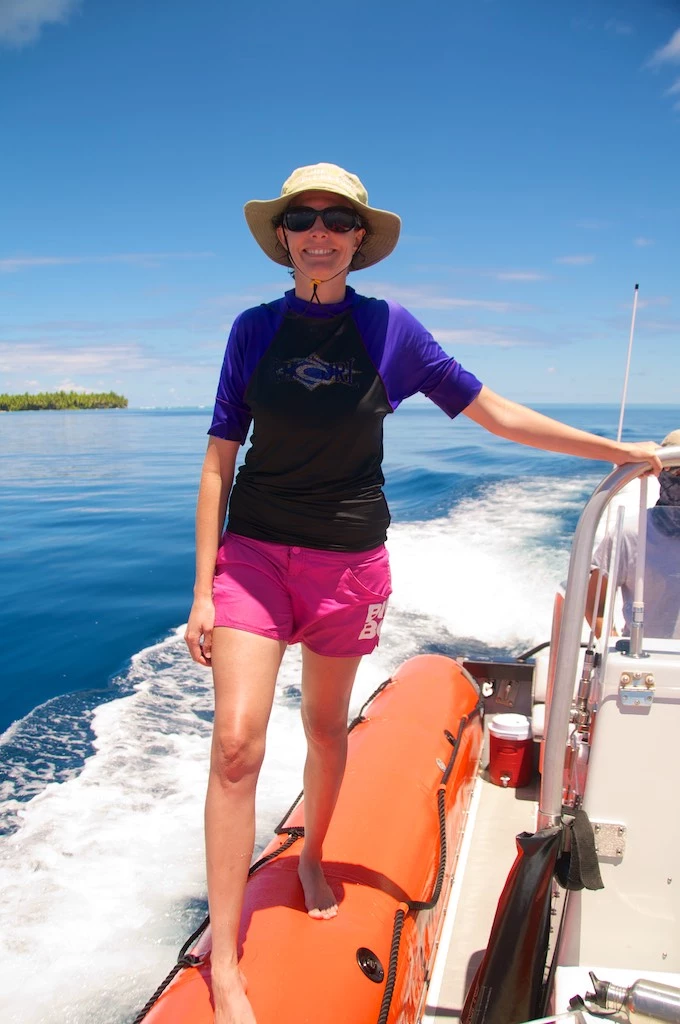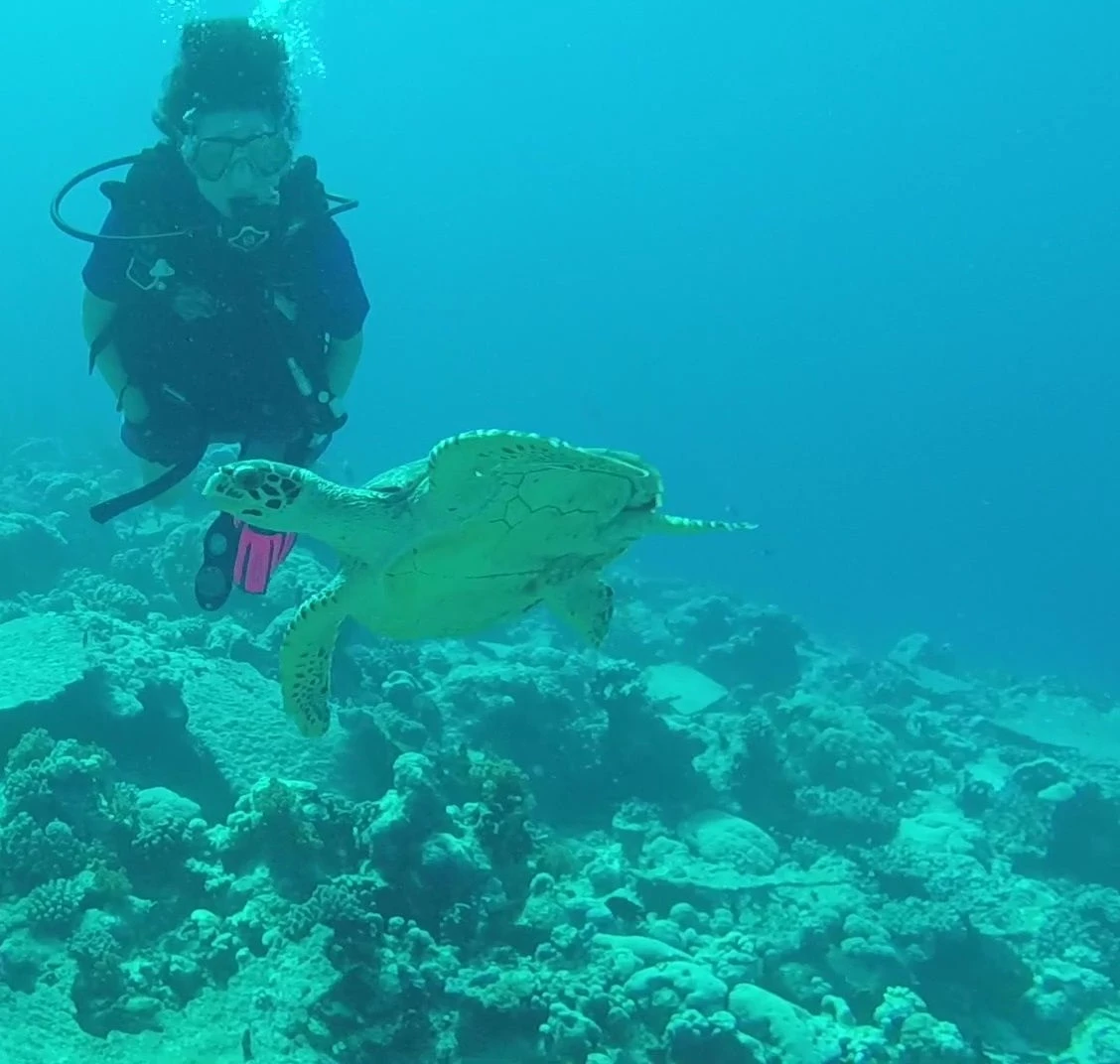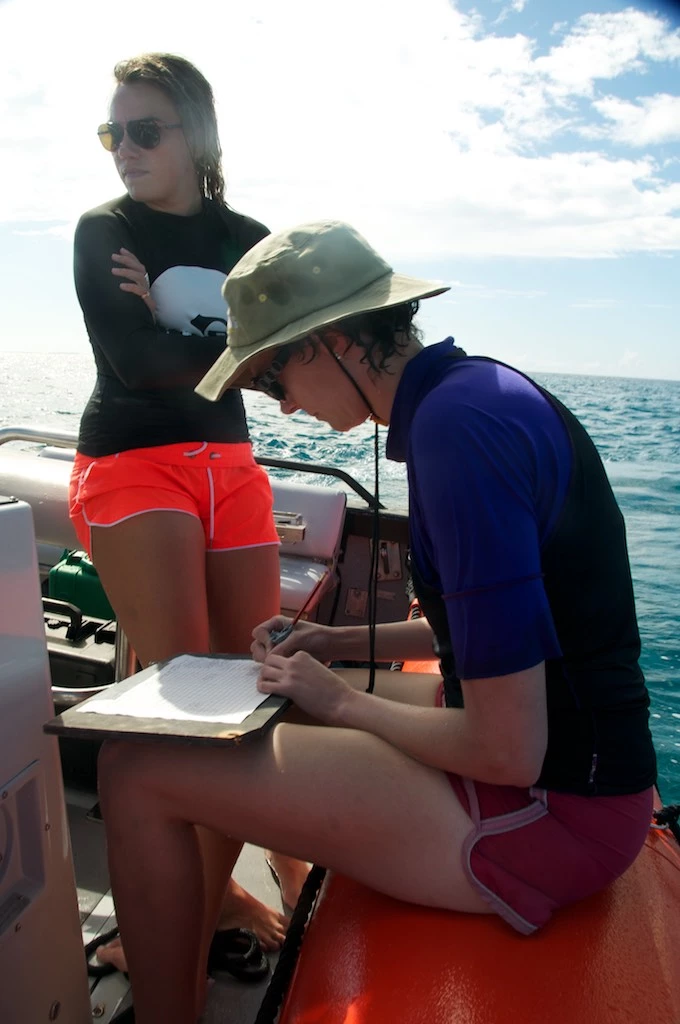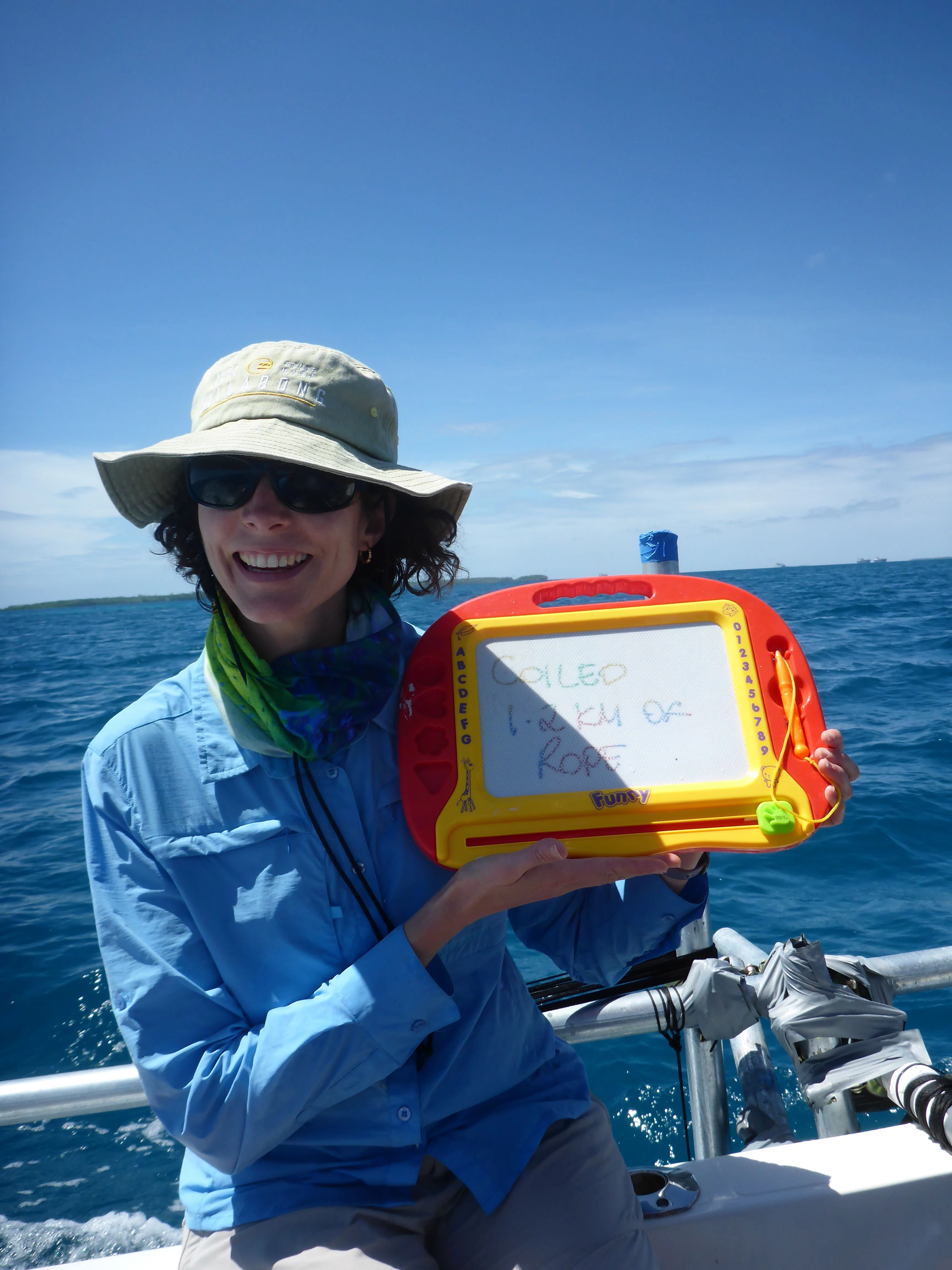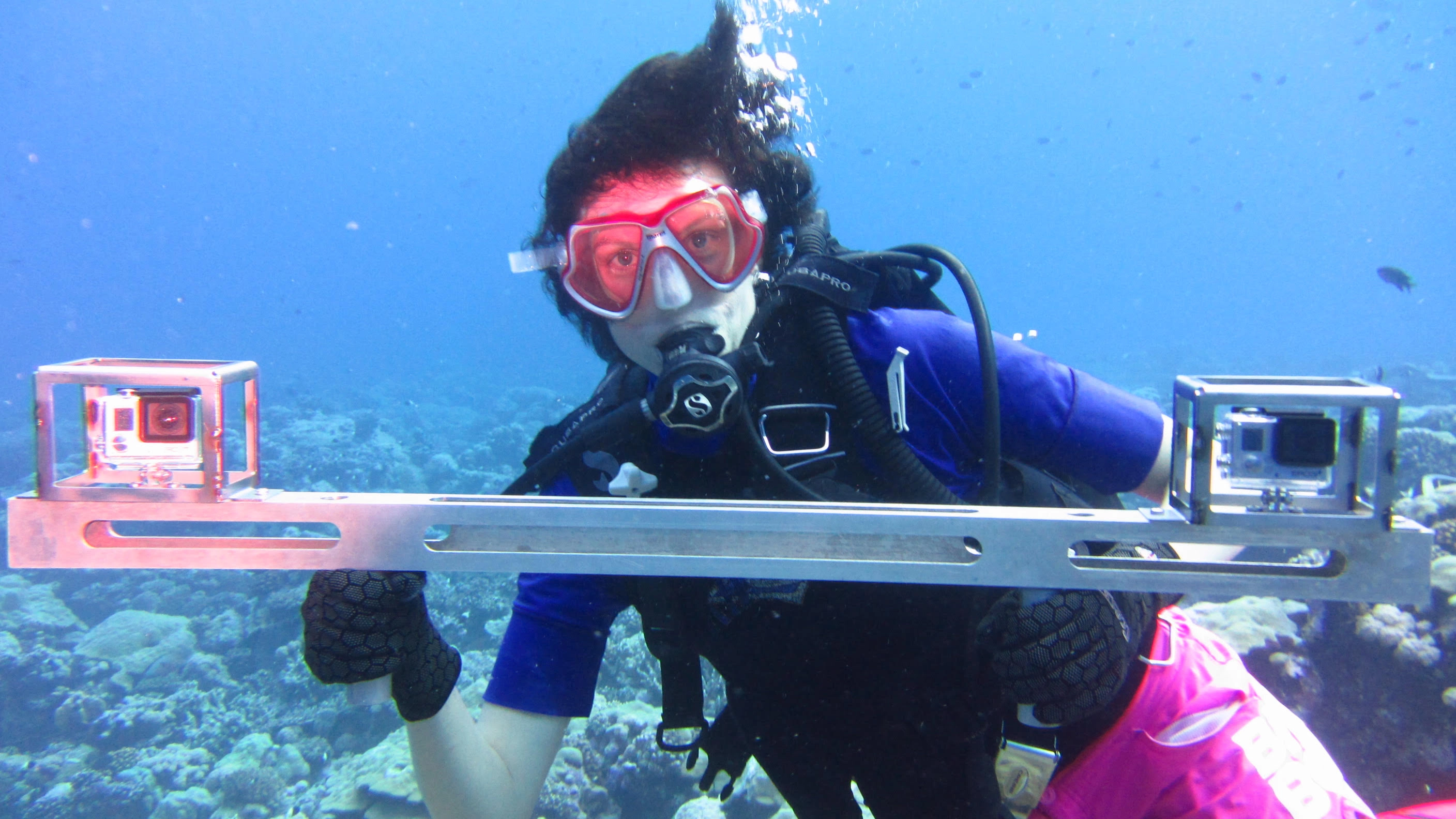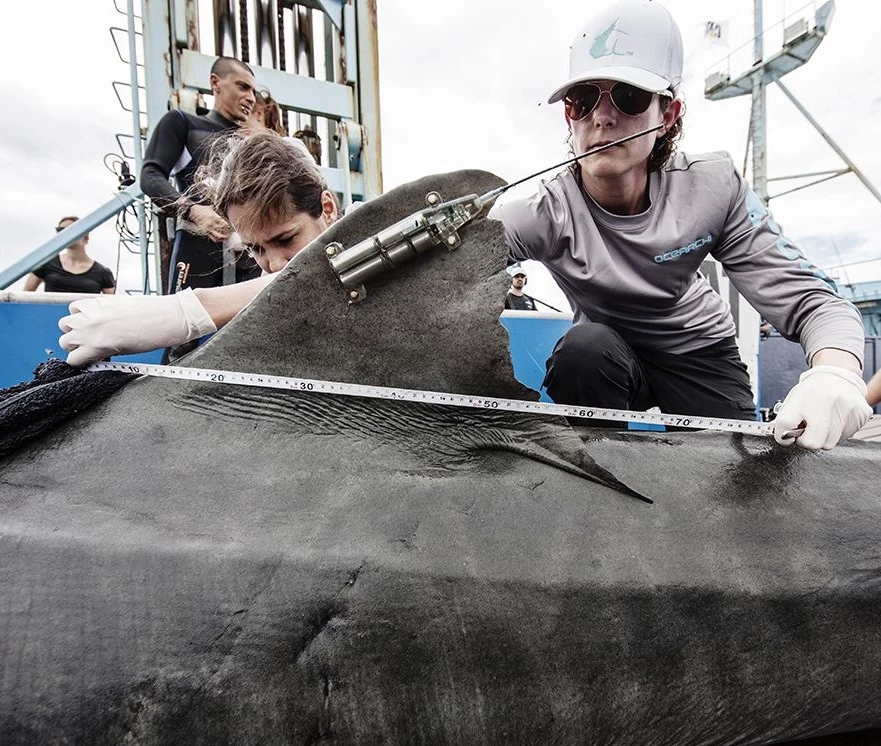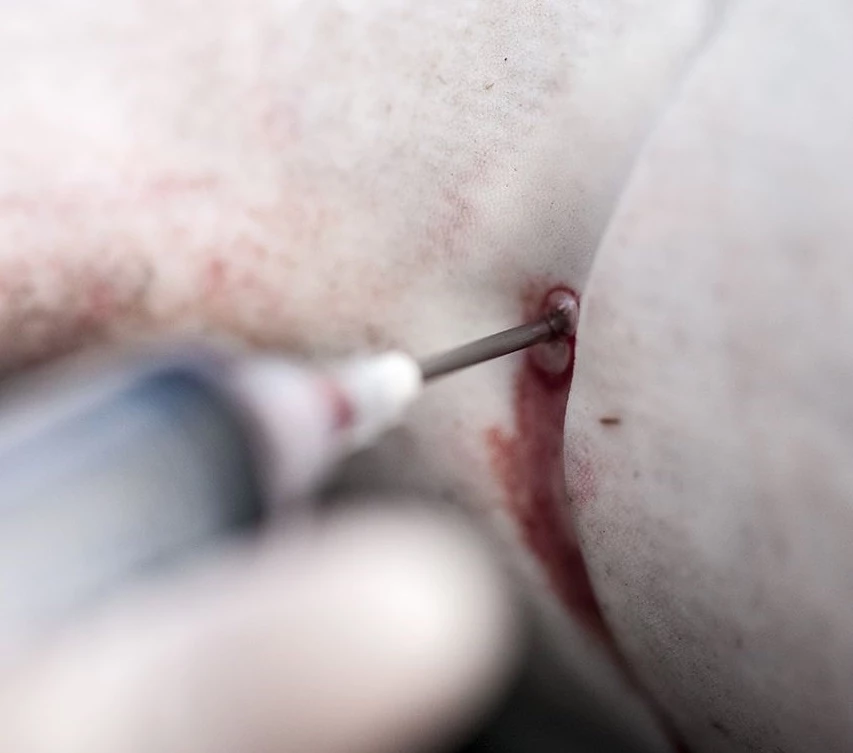and internationally.
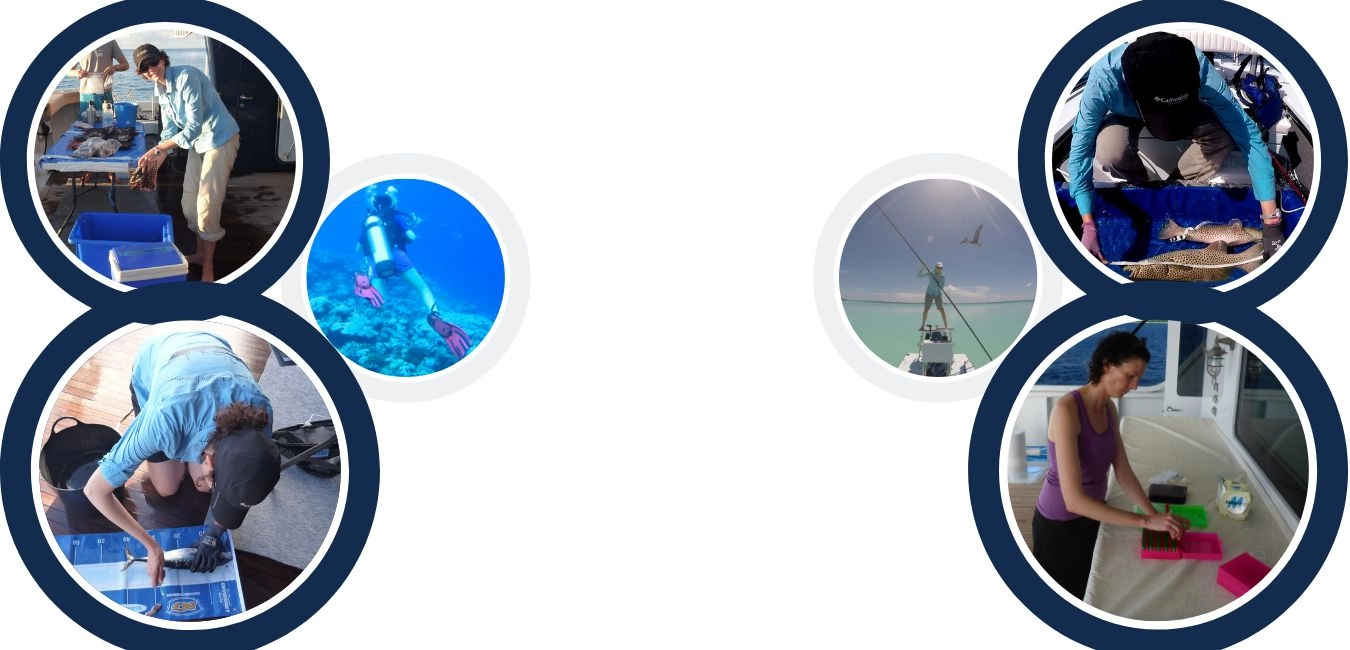
Charlotte is a marine biologist with over 10 years of research experience in marine megafauna, with a focus on sharks. She has always been intrigued by predators, both on land and sea, and this quest for answers has seen her travel to over 40 countries, learn Mandarin Chinese and be involved in research projects across Australia and internationally.
and internationally.
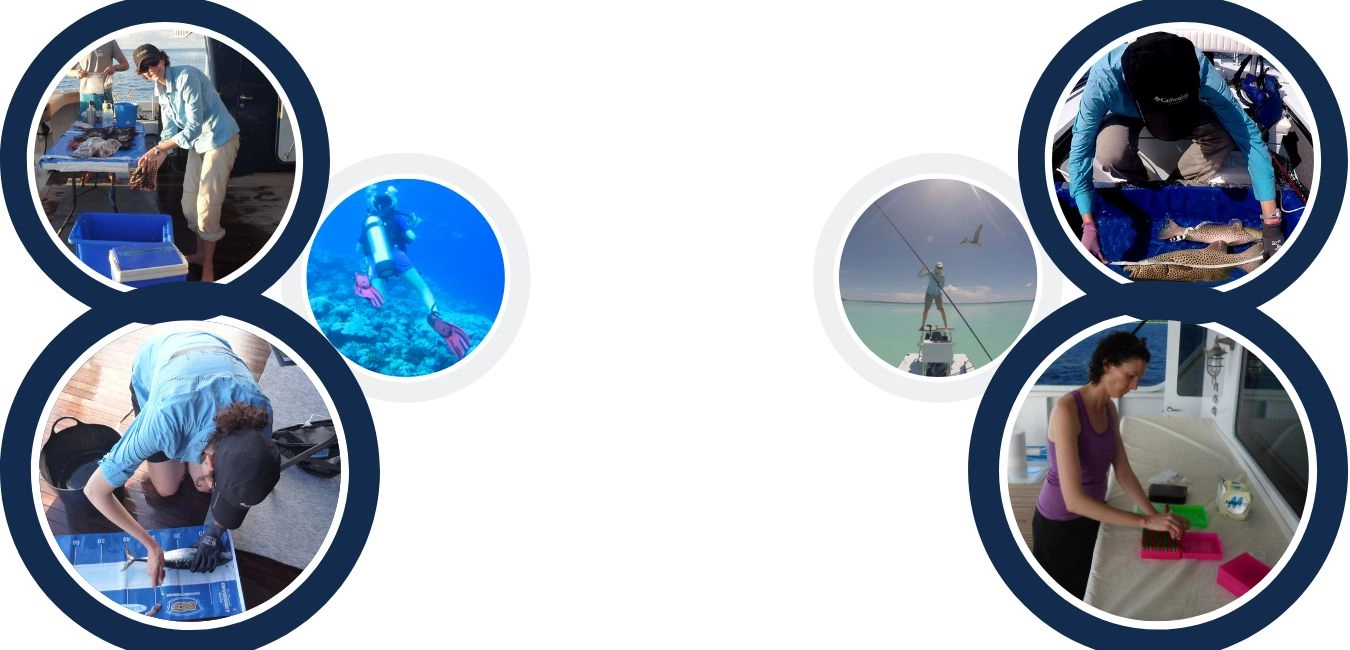
Within her main research interests of applied ecology, behaviour, habitat use, movement and conservation, she has worked on a variety of projects ranging from genetics and dietary analysis to population ecology and impact assessment. Charlotte combines her passion for predators and previous research as a consultant marine ecologist in Australia, the Pacific Region and Asia to highlight the importance of predators in our ecosystem.

Spatial and temporal distribution of Indo-Pacific marine predators
PhD candidate, The University of Western Australia (currently finalising her research)
Charlotte is currently researching a variety of shark species, including the mysterious open-ocean dwellers we know very little about, including the Critically Endangered oceanic whitetip and Endangered mako sharks.
Her research is focused on where they are and why they are there. As well as looking at where they are, she is also investigating where they were in the past, where they are now and where they will be in the future - kinda like time-travel!
To do this, Charlotte is using a variety of techniques to test what we think we know about sharks, including statistical modelling. As a conservation biologist, she is also looking at how a changing climate might affect sharks and whether we are effectively protecting them.
Impacts of shark removal on the trophic structure of fish communities
Research scientist,
Australian Institute of Marine Science and The University of Western Australia
Charlotte investigated shark regulation of ecosystems by conducting diving and underwater video surveys, as well as sampling and tagging sharks and reef fish. As part of two successful field trips totaling almost three months in the field, including three weeks as the only scientist on board with a private benefactor, Charlotte developed protocols for genetic and isotopic analysis, and procedures for remote location field work. After the fieldwork she also performed analysis and reporting on the underwater video footage, tagging and isotopic data.
Predatory fish assemblages in marine protected areas
Research scientist,
Australian Institute of Marine Science and The University of Western Australia
Charlotte examined shark and other predatory fish assemblages in Ningaloo Reef, Western Australia to examine how marine park zoning affects sharks and other predatory fish. To do this she used baited remote underwater video cameras. Charlotte developed protocols, ethics, safety and procurement for remote location field work, alongside recruiting and supervising fieldwork volunteers.
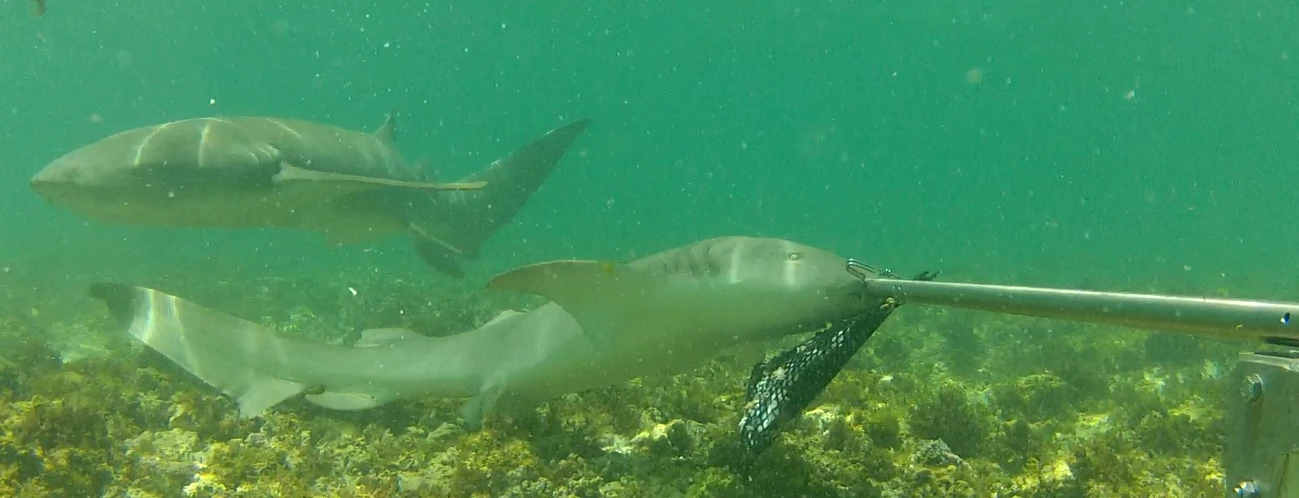
Australian Institute of Marine Science
Charlotte was a research assistant for a tiger shark tagging project on Australia's western coast. Charlotte was involved in taking measurements, blood samples, fin clips and muscle biopsies, along with scientific outreach.
Project Manager, Lead Marine Fauna Observer
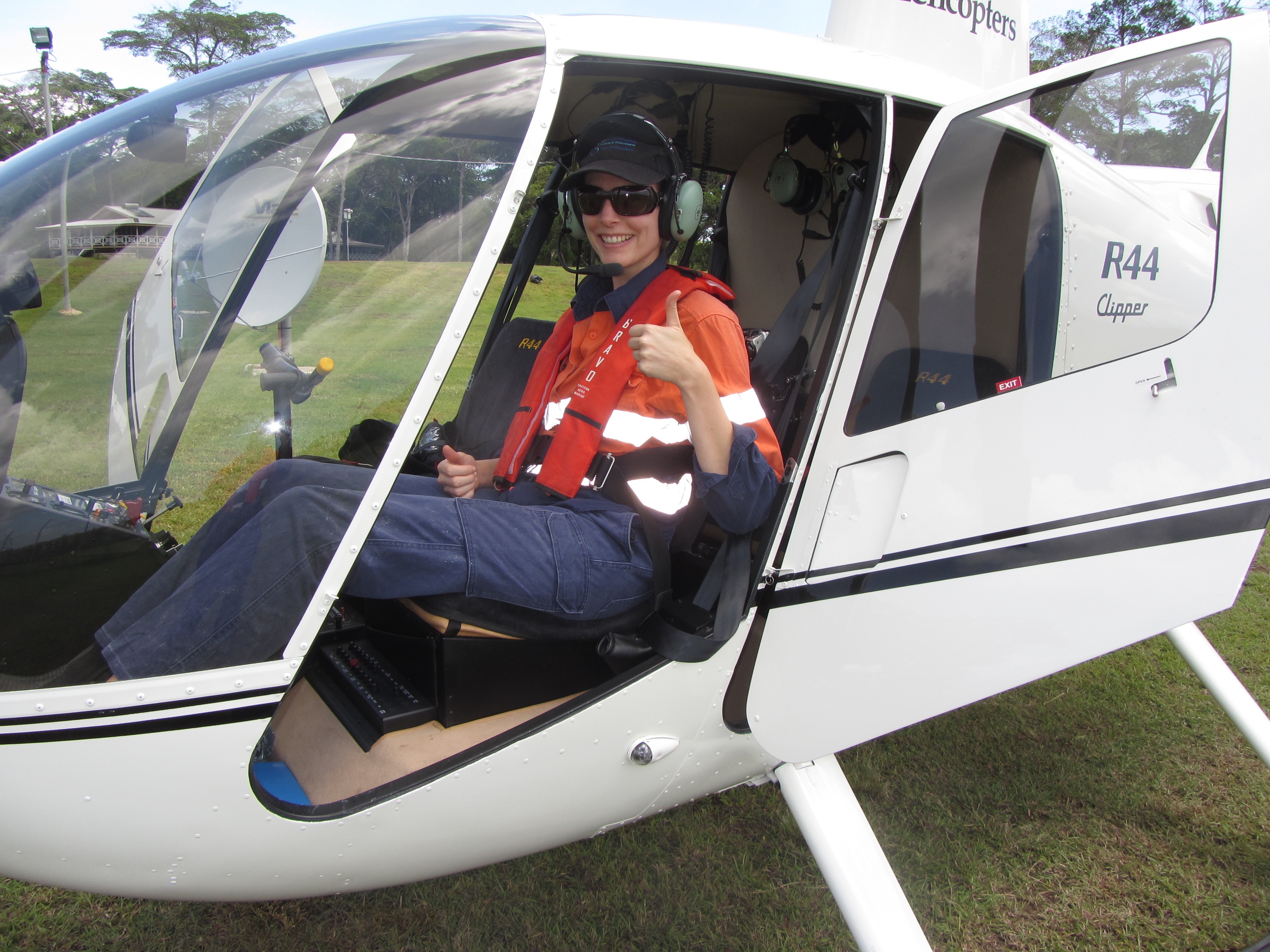
As a consultant marine and aquatic ecologist, Charlotte was involved in numerous projects across Australia, Papua New Guinea and the South Pacific as a Marine Fauna Observer (MFO, MMO) for cetaceans, crocodiles, dugongs, sharks, rays and turtles. Alongside managing projects and client liaison, she conducted aerial, land and water (snorkel and diving) based surveys, was also a lead in a fauna salvage project. Charlotte also led marine flora (mangroves, saltmarsh), freshwater fauna (fish, platypus, turtles, invertebrates, plankton, stygofauna) and flora (riparian vegetation) projects. These included sampling via electrofishing (backpack and boat), traps (opera, fish) and netting (fyke, tunnel, invertebrate, plankton).
harlotte undertook and managed all aspects of the project
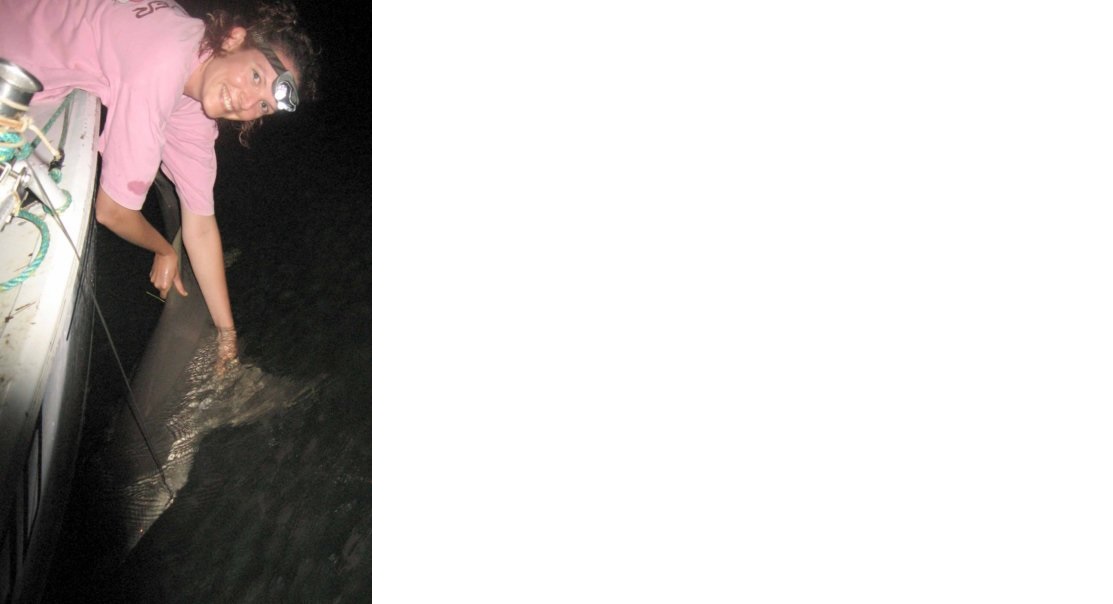
Elasmobranch vertebral structure and material properties in relation to function
Research project (Honours) The University of Queensland
27 species of sharks and rays (elasmobranchs) were analysed to determine the structure of vertebrae and the vertebral column. Charlotte performed biomechanical analyses on the individual components of the vertebrae, the entire vertebrae, and also on the vertebral column as a whole.
Charlotte undertook and managed all aspects of the project, including catching and handling of small to large sharks using nets, drumlines and longlines, measuring animals on board, dissection and laboratory analysis, statistical analysis and report writing. This study provided previously unknown baseline data on elasmobranch vertebrae as sharks and rays do not have a backbone as we do, but a skeleton of cartilage and connective tissue.
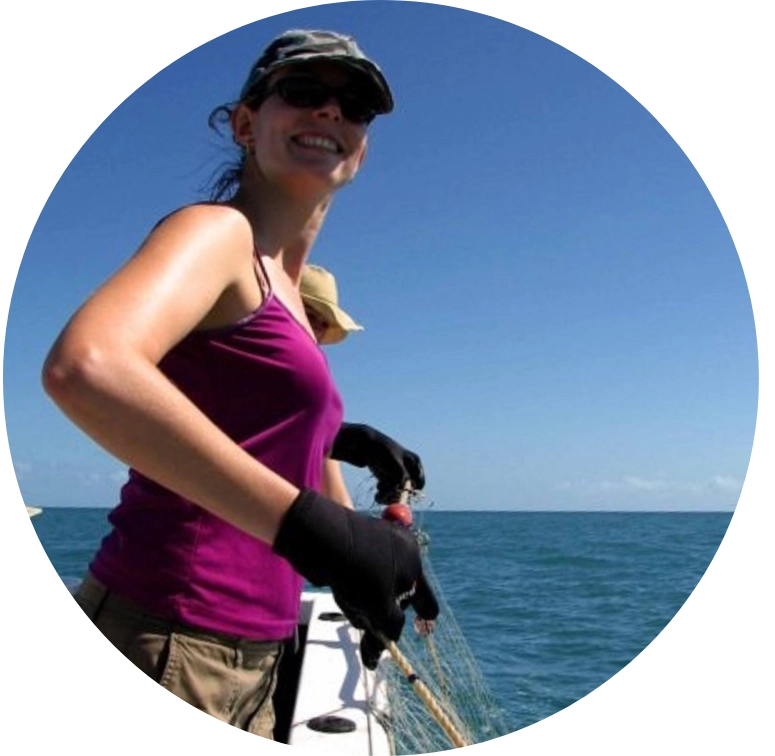
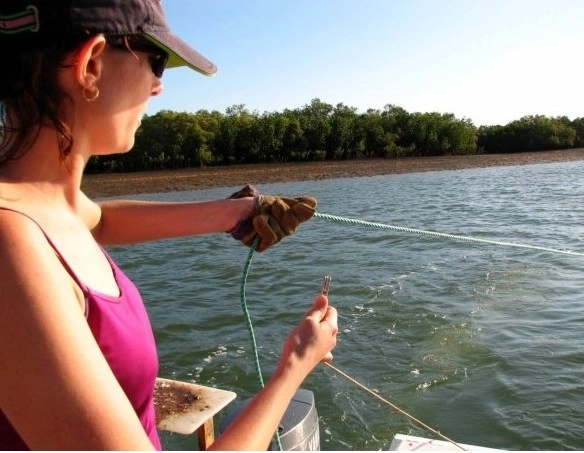
Field research assistant
The University of Queensland
As a field research assistant, Charlotte was involved in:
- utilisation of fishing gear (gill nets, drum lines and long line equipment),
- handling small to large elasmobranchs (sharks and rays),
- tagging and measuring elasmobranchs on board, and
- lab work (dissection of sharks and rays for age and growth, reproductive and diet data).
PROFESSIONAL MEMBERSHIPS
American Elasmobranch Society
Australian Society for Fish Biology
Ecological Society of Australia
Surf Life Saving Australia
Australian Marine Sciences Association (AMSA):
- West Australian branch Secretary and Student representative
- 2019 national conference organising committee and Social media manager
